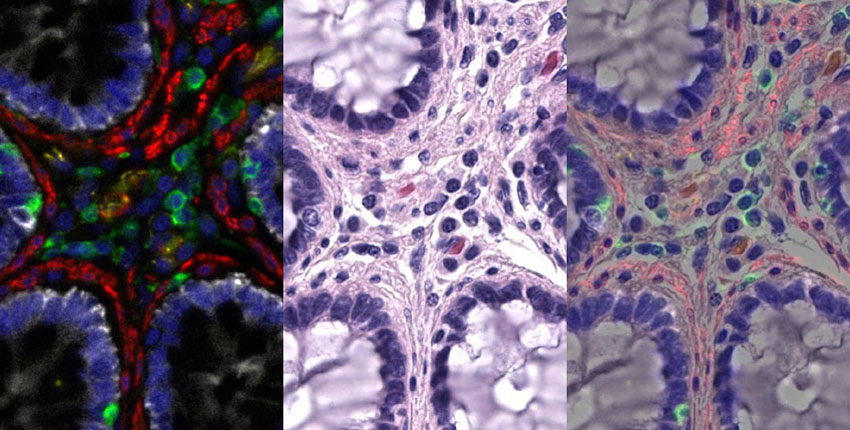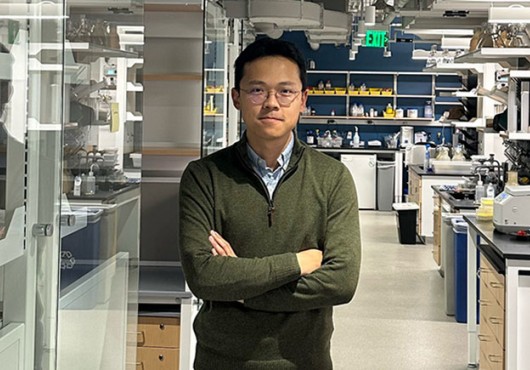
At a glance:
- Researchers have developed a new tool that merges structural details with molecular information about tumors.
- The detailed information could enable pathologists to identify biological markers that better predict how patients will fare.
- The ultimate goal is to provide physicians with details that would improve cancer diagnosis and treatment.
When it comes to diagnosing, staging, and assessing cancer, for more than a century pathologists have relied on histology — examining cells and tissues under a microscope to identify telltale patterns.
Now, a team led by researchers at Harvard Medical School has developed a new tool that promises to improve the way pathologists see and evaluate a tumor by providing detailed clues about the cancer.
The tool, called Orion, combines histologic with molecular information and offers deeper insight into a tumor’s type, behavior, and likely response to treatment.
A report on the team’s work is published June 22 in Nature Cancer.
Orion consists of a powerful digital imaging platform that integrates information gained through traditional histology with details revealed by molecular imaging on a tumor sample.
The researchers used Orion to analyze tumor samples from more than 70 patients with colorectal cancer. The tool provided complementary histological and molecular information about each tumor sample and identified biological markers, or biomarkers, that were more common in patients with serious disease.
Science. Medicine. Humanity.
Harvard Medicine magazine delivered to your inbox






